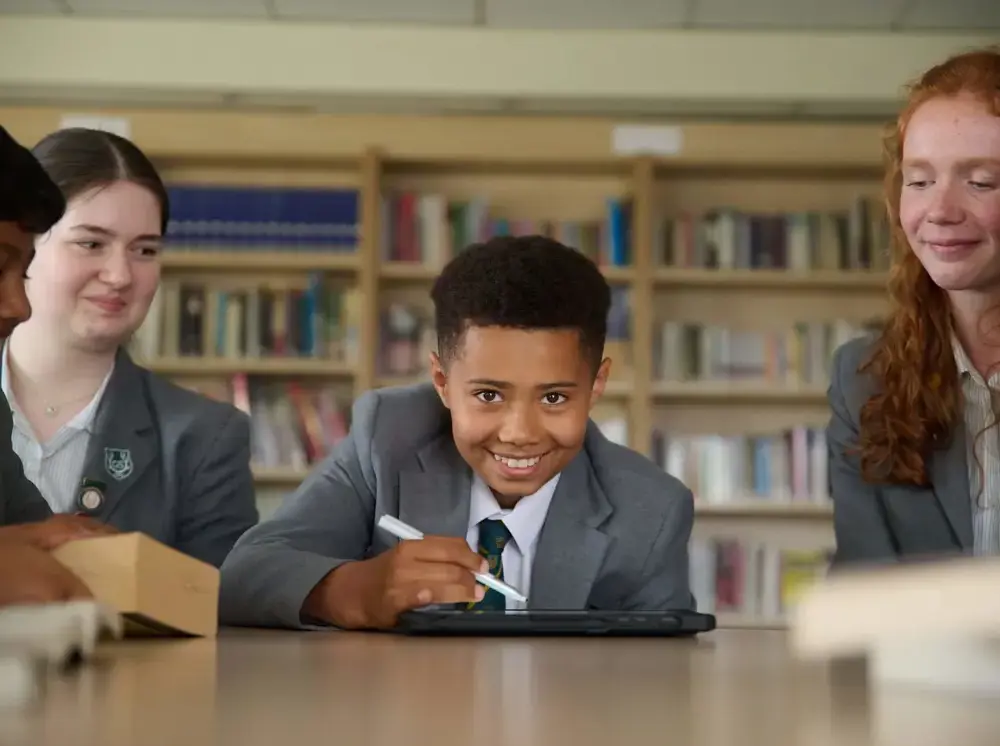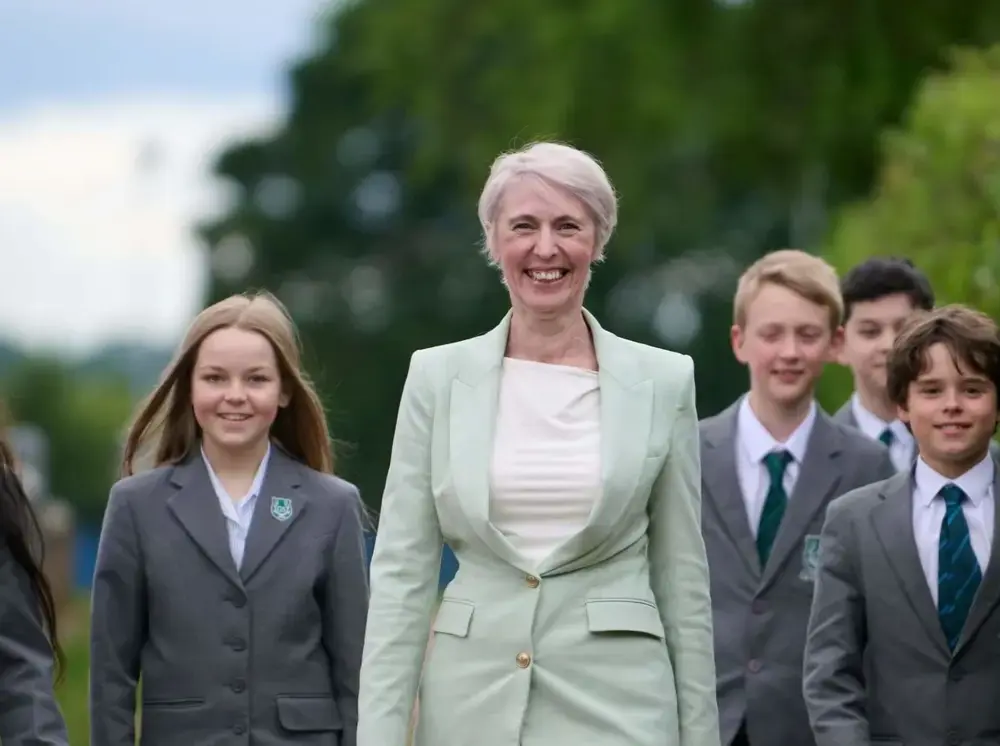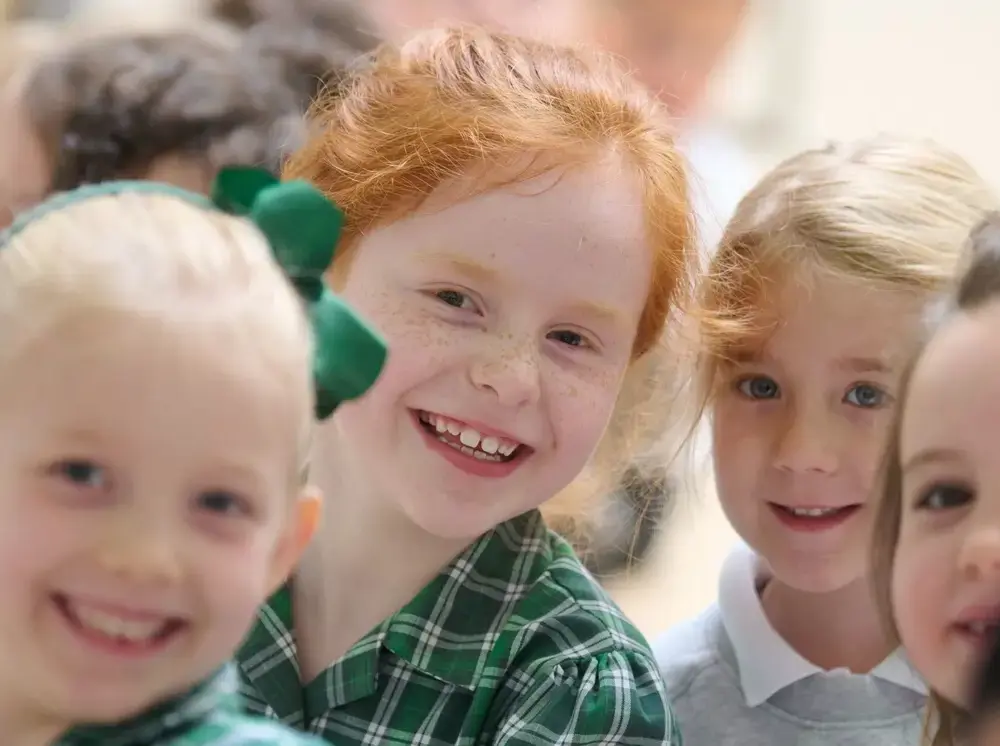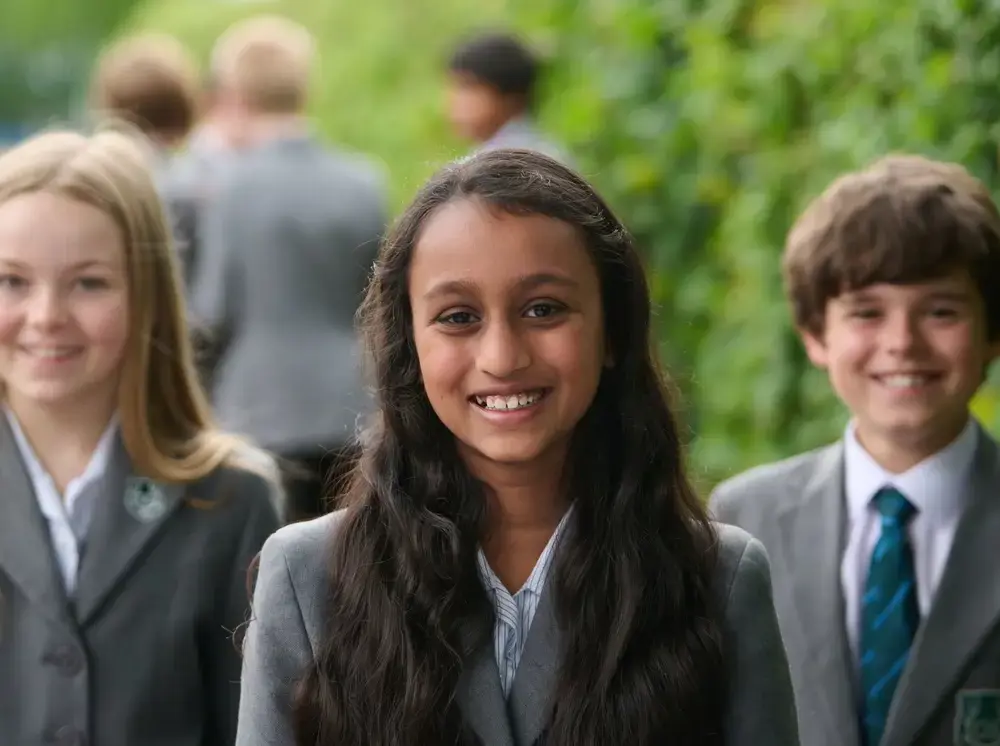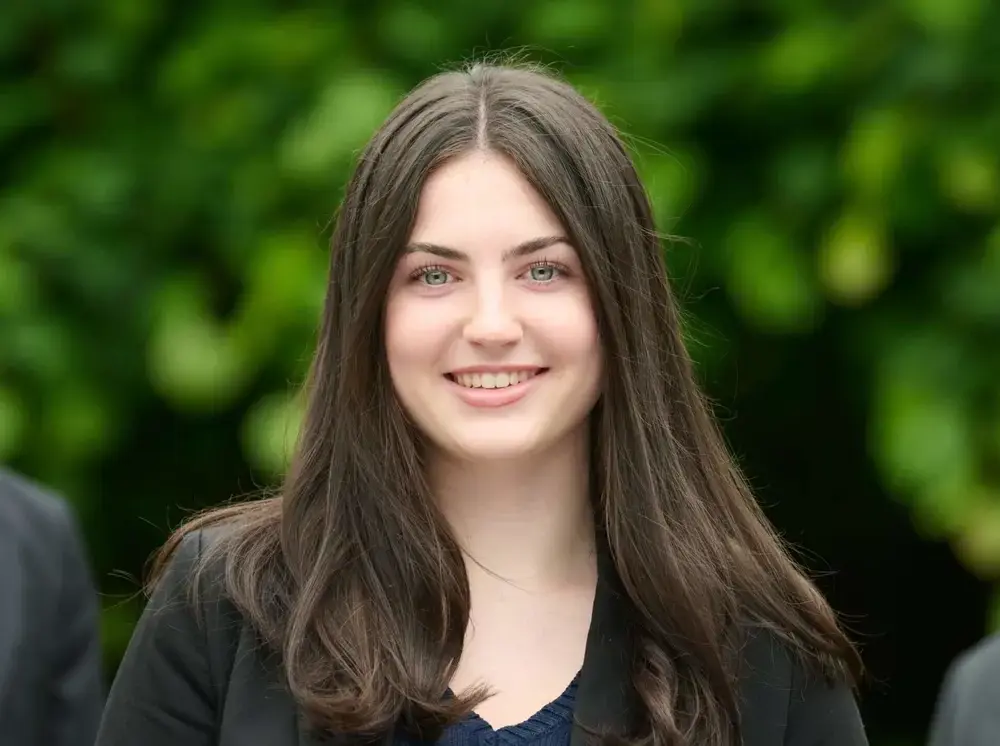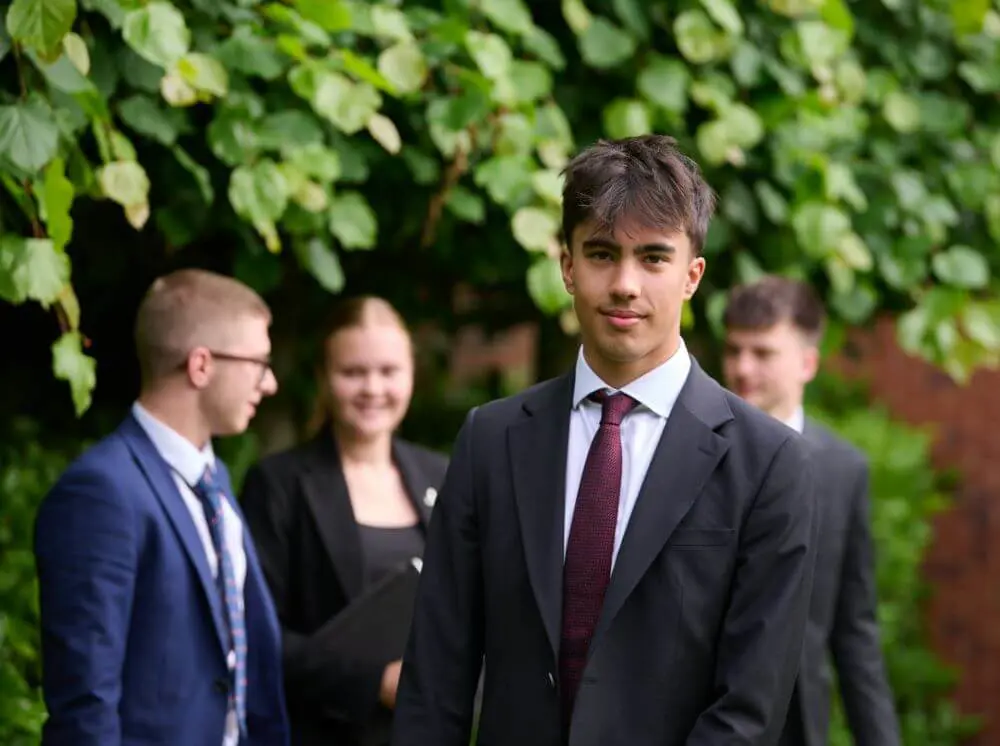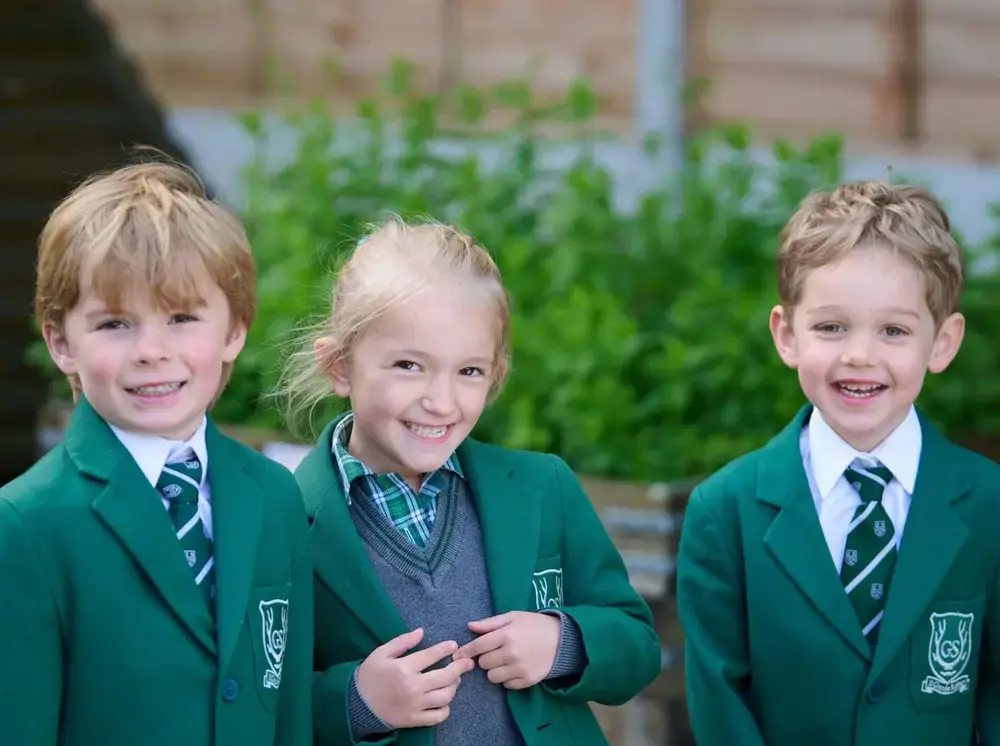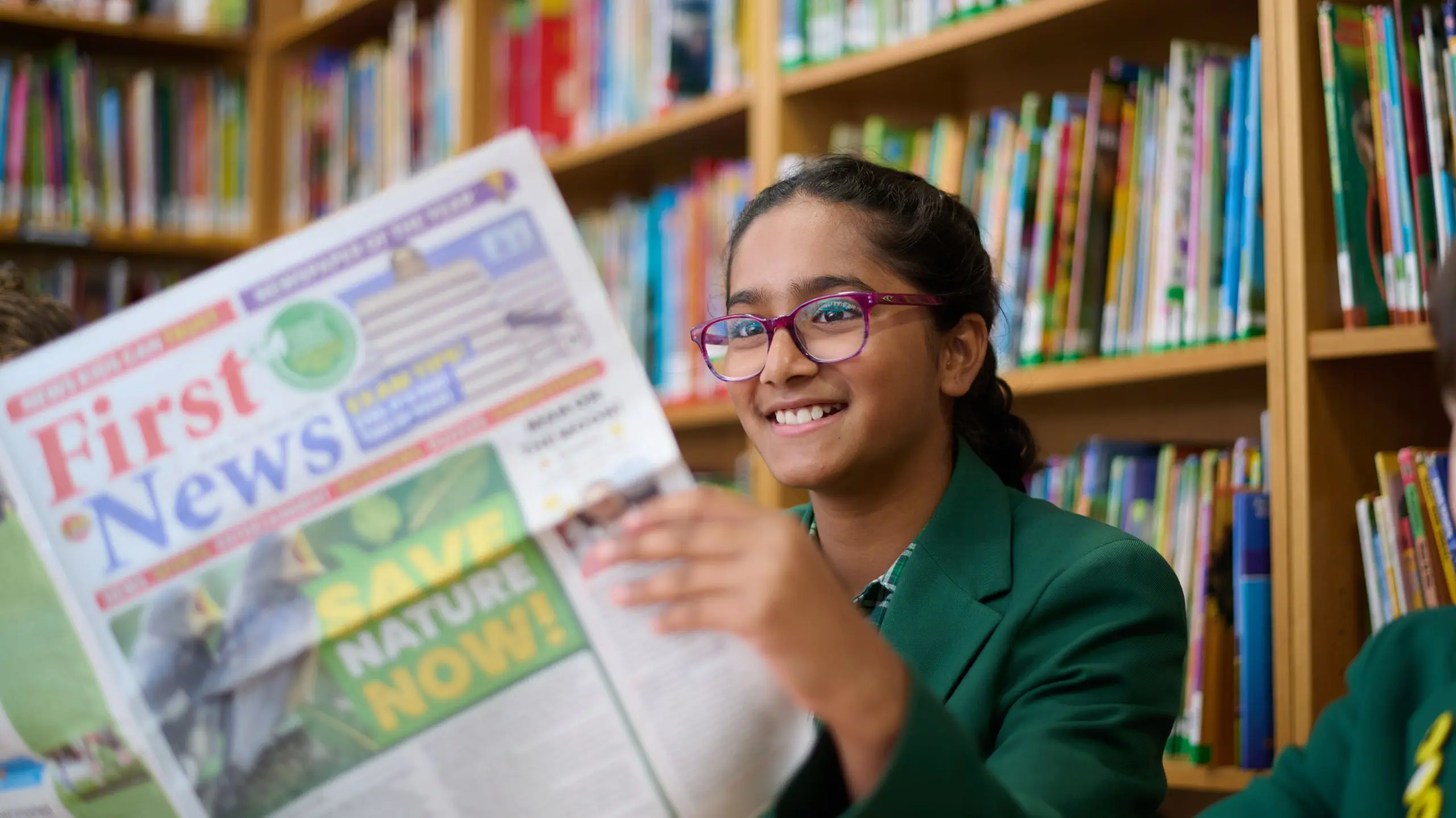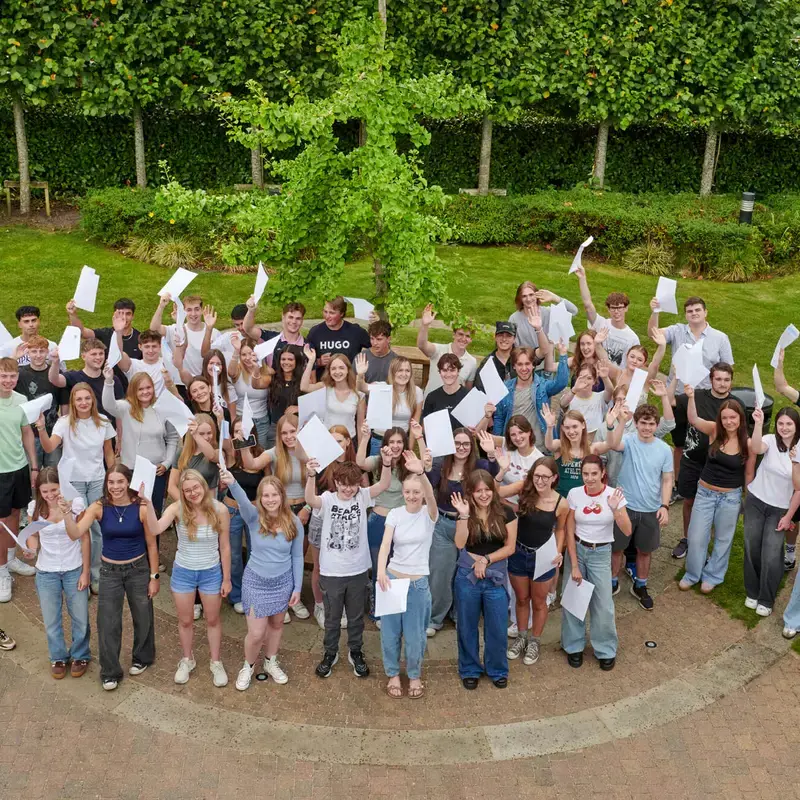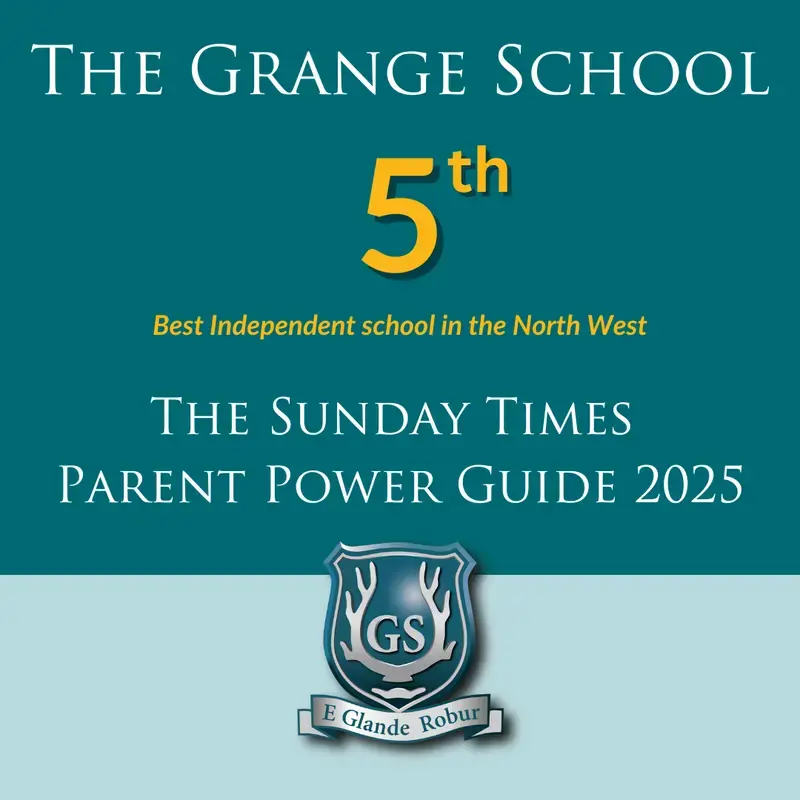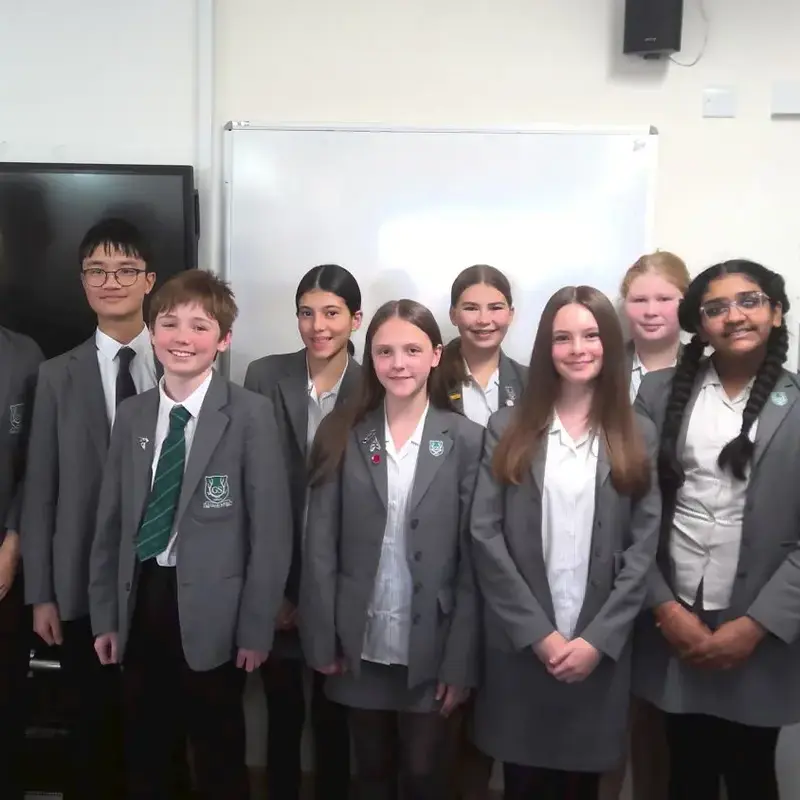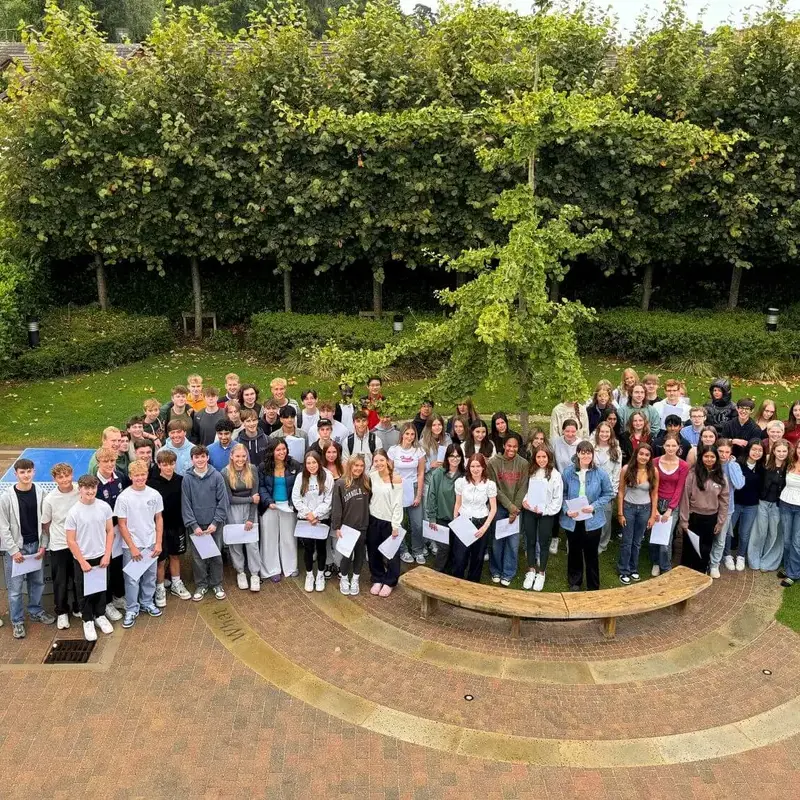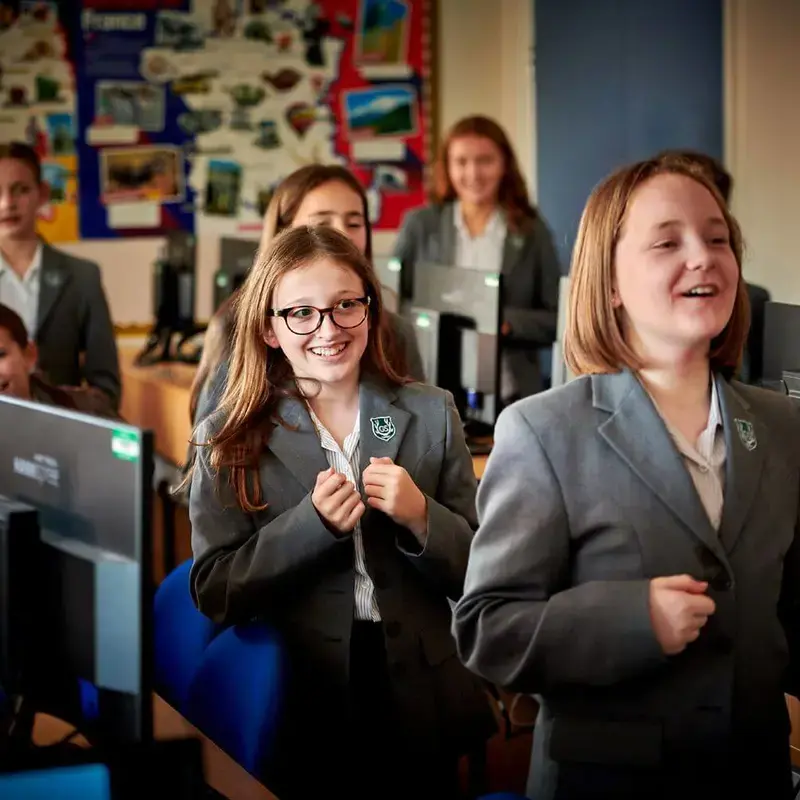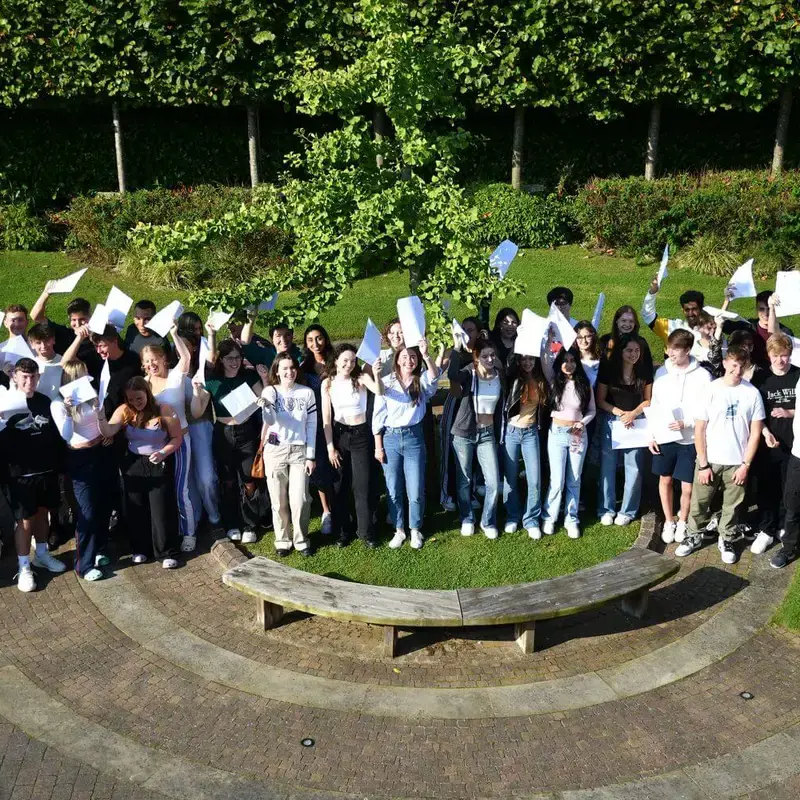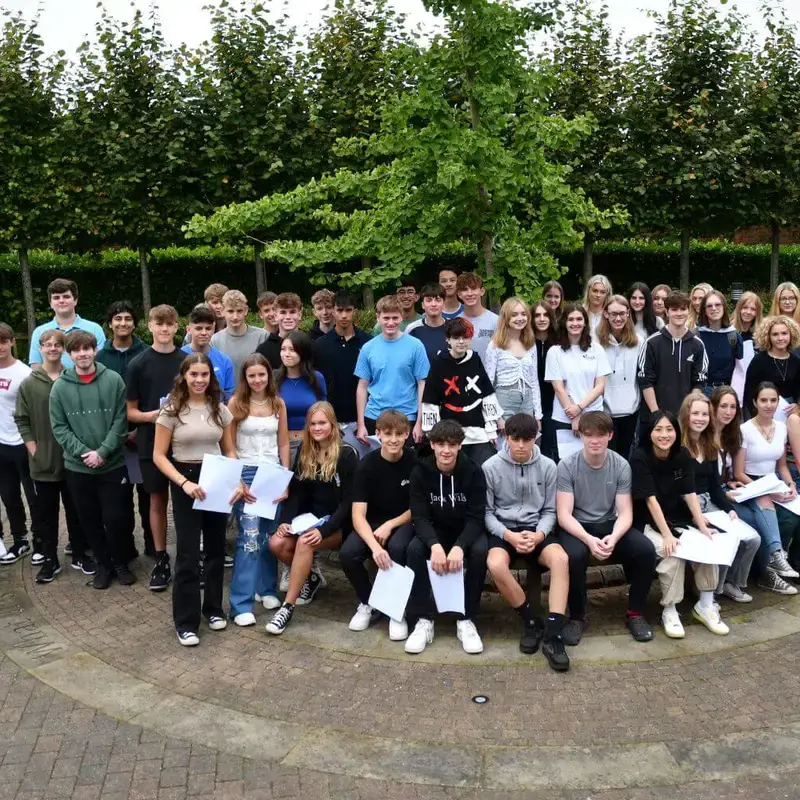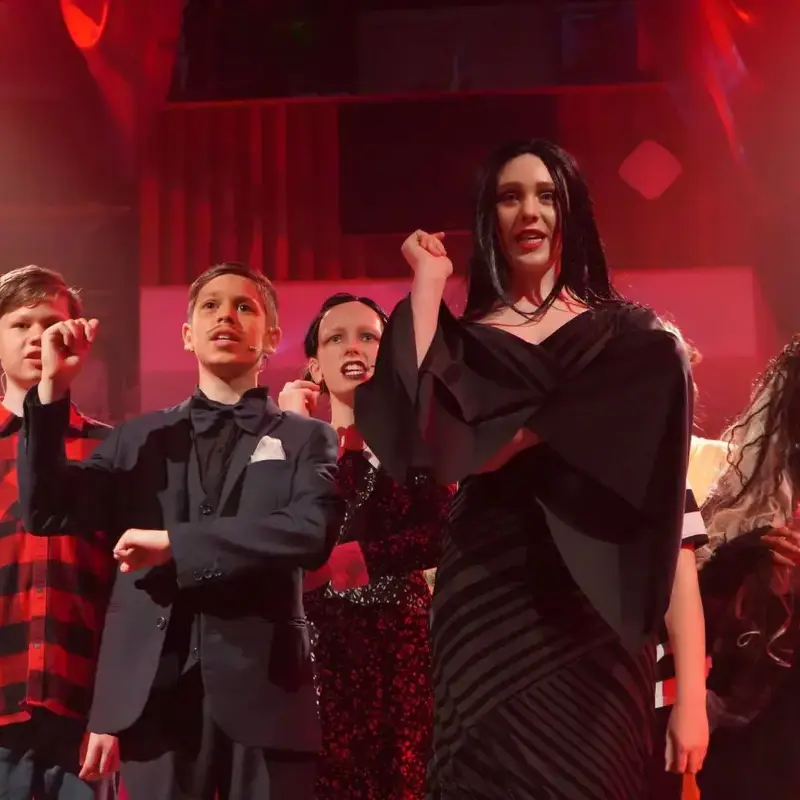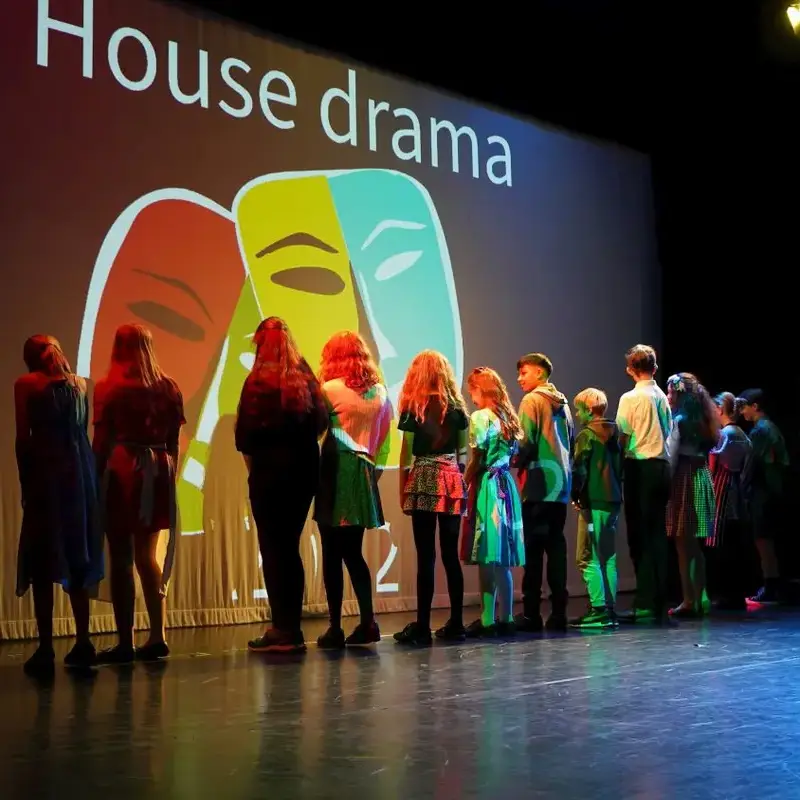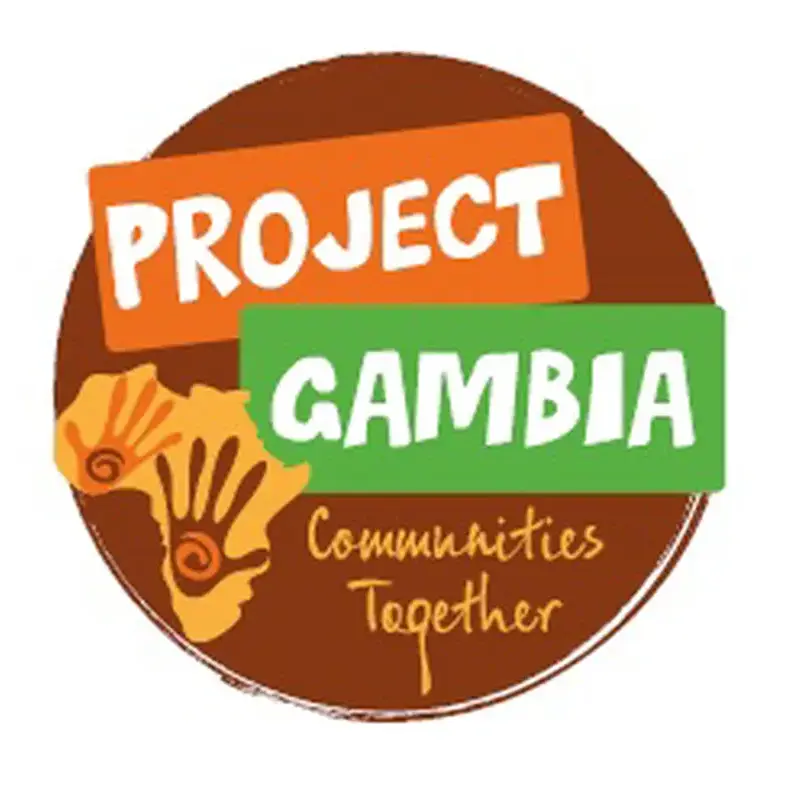News From The Grange School
Featured:
We’re absolutely delighted to share our latest review from The Good Schools Guide
-
Fri, 15 Aug 2025
The Grange School celebrates another fantastic set of A level results
The Grange School celebrates another great year for A level results
-
Mon, 14 Jul 2025
Good Schools Guide Glowing Review
We’re absolutely delighted to share our latest review from The Good Schools Guide – and to say we’re flattered would be an understatement!
-
Fri, 06 Dec 2024
The Grange School Retains Top 5 Ranking
The Grange School has once again been recognised among the highest-achieving independent secondary schools in the UK in the Sunday Times Parent Power Guide 2025.
-
Thu, 07 Nov 2024
The Grange School Celebrates Top 1% Ranking for Value-Added Progress in Education
The Grange School is celebrating a significant achievement, receiving a prestigious Alps Top 1% Diamond Award for value-added progress at GCSE level.
-
Wed, 16 Oct 2024
Digital Leaders talk Cyber Crime
On Friday, October 4th, Year 7 students had the privilege of attending a special session on online safety led by DC Andy Kevan from the Cheshire Police Cyber Crime Unit.
-
Fri, 23 Aug 2024
Fantastic Results For Our GCSE Students
GCSE Results Day brought further celebrations at The Grange as two thirds of all entries were at grades 7-9.
-
Thu, 15 Aug 2024
Students Celebrate Stellar A Level Results
There was great cause for celebration this morning as The Grange class of 2024 excelled with another set of stunning A Level results.
-
Fri, 01 Dec 2023
Grange School Retains Impressive Ranking in Esteemed Schools Guide
The Grange School is celebrating a second consecutive year ranking as the fifth best independent secondary school in the North West by the Sunday Times’ Parent Power Schools Guide 2024.
-
Fri, 25 Aug 2023
The Grange School Superstars Shine Brightly in A Levels
Whilst national warnings about a fall in grades may have created extra nerves, the Class of 2023 have bucked the national trends to showcase their academic prowess in examinations and continue the school’s tradition of educational excellence.
-
Fri, 25 Aug 2023
The Grange School Celebrates Top-Notch Performances in GCSEs
Results Day brought another top-notch performance from Grange students. This set of results is one to be proud of, surpassing the 2019 cohort (the last pre-pandemic group) and mirroring the successes of A Level students last week.
-
Tue, 27 Jun 2023
Addams Family: So Good It Hurts
This fabulous production of The Addams Family story, involving children in Years 7, 8 and 9, was joyfully performed, innovatively staged in-the-round, and skilfully directed.
-
Mon, 19 Jun 2023
The Ultimate Guide to The Grange House System
At The Grange, we want to help every child feel part of our community, to develop as people, and to be able to make the most of the many fabulous opportunities on offer.
-
Sun, 26 Feb 2023
The Grange School: Project Gambia
At our farewell ceremony on Sunday, Max and Zoe spoke on behalf of our group after we gave some gifts of stationery and school equipment, including the organ vest which was used in the Biology lessons during the week, to the school.


